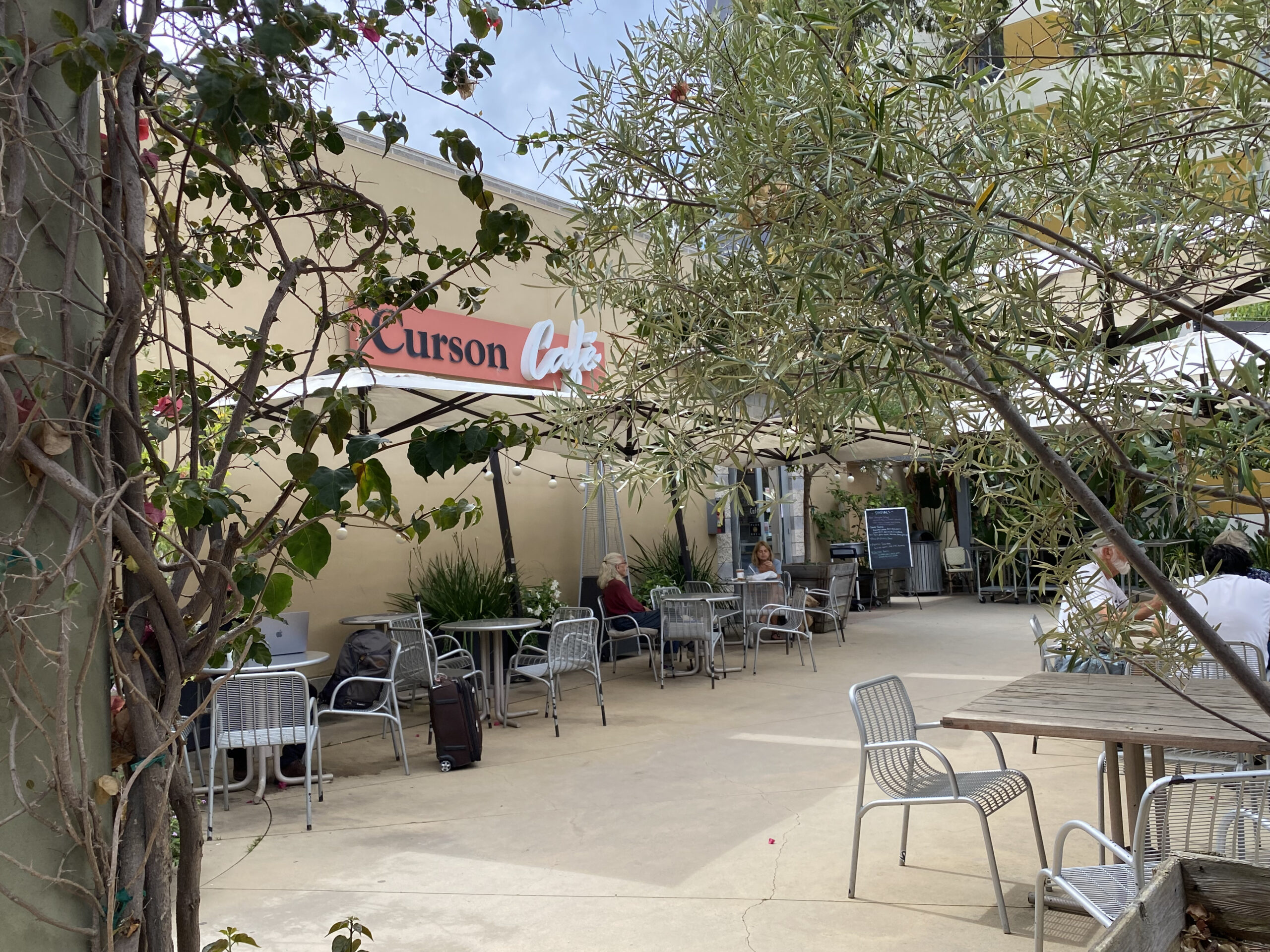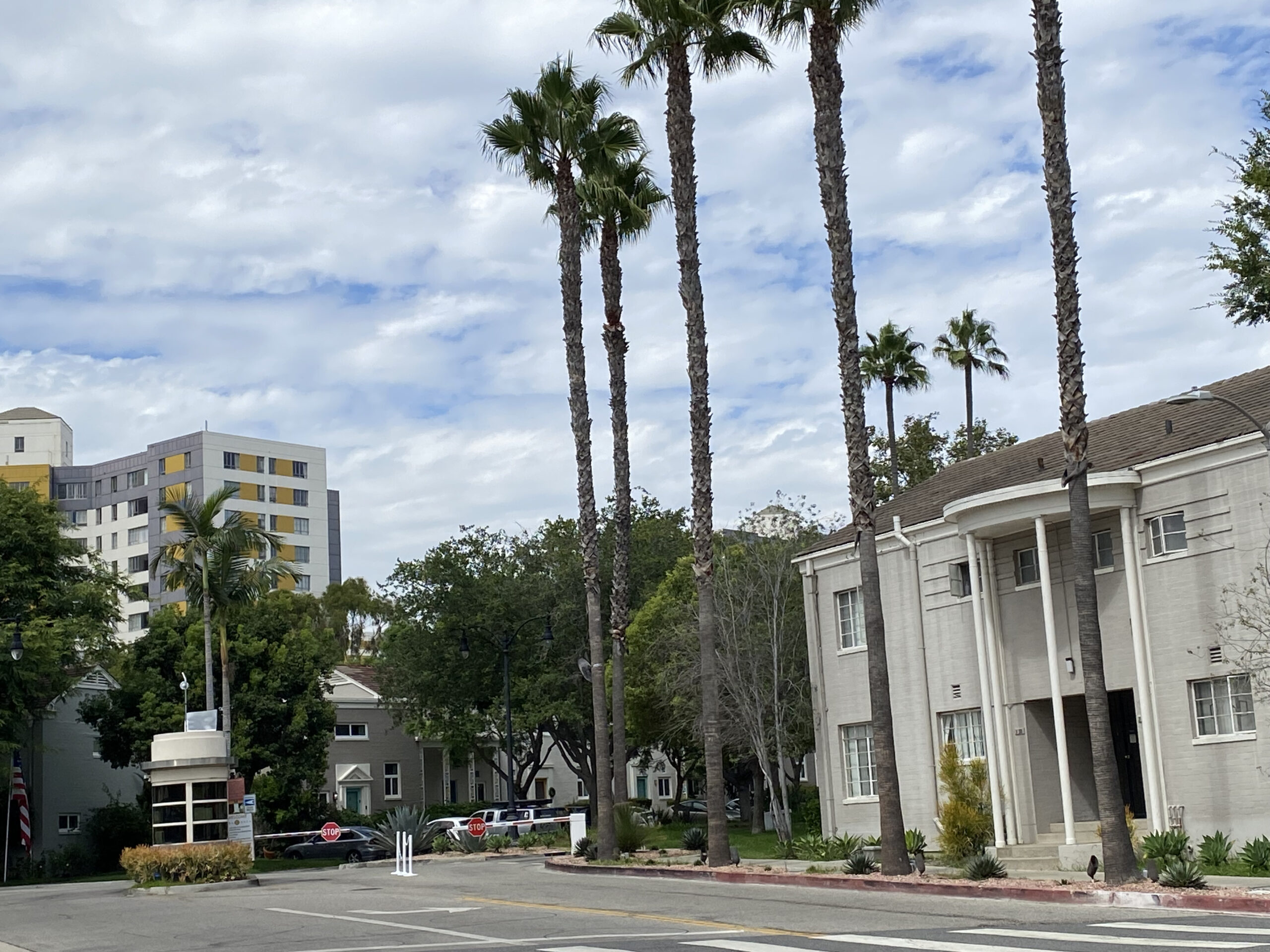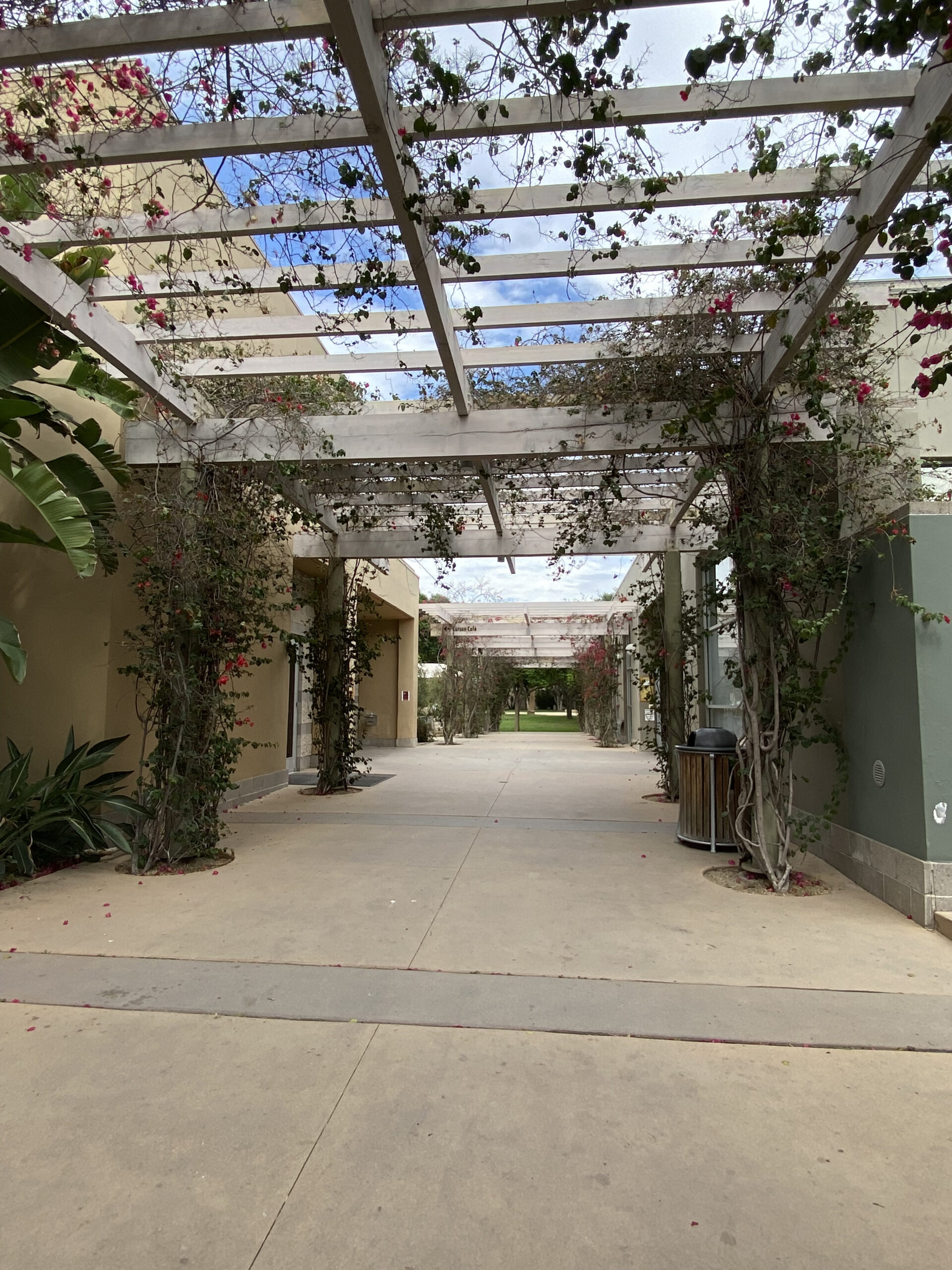
Los Angeles may be famous for its sprawl and building out instead of up. Still, high-rise apartment buildings and complexes are still a common sight all over the city and LA County. One striking complex is Park La Brea bounded by 3rd and 6th Streets to the north and south and Fairfax and Cochran Avenues to the east and west.
With a highly-coveted location down the street from the southern entrances to The Grove and Fairfax Market, Park La Brea stands out from other high-rise apartment complexes in the city. It’s not just a group of apartment buildings with private landscaped grounds and amenities, as you’ll find in pockets of affluent neighborhoods like Beverly Hills, Brentwood, and the northern end of Los Feliz.
Park La Brea was part of an interesting experiment funded by life insurance companies in World War II era America known as a planned community.
What is a Planned Community?

Planned communities, also known as master-planned communities, are mixed-use developments that are primarily residential with some community and commercial elements. They attract tenants or owners through community amenities provided by the association alongside the convenience of shops, restaurants, and services like dry cleaners and hair salons.
This makes them more of a city within a city rather than just another neighborhood, block, or mixed-use property.
Speaking as a New Yorker who lived in Parkchester in The Bronx, something about Park La Brea’s layout looked familiar. It turns out that just like Parkchester, Park La Brea was also developed by Metropolitan Life Insurance (Metlife). Both complexes have geometric themes in their layouts: Parkchester’s center is Aileen Ryan Oval, which is bisected by Metropolitan Avenue and Unionport Road. Metropolitan Avenue, and Parkchester Itself, terminate at Grant Circle and the 6 train stop. Park La Brea is comprised of a series of diamond and starburst-shaped street layouts.
Apparently, this dates back to Metlife’s Masonic roots. Unlike Parkchester and its twin development Stuy Town in Manhattan, Park La Brea is walled off and not built into public streets. While one can just walk into the complex, gated security prevents you from easily driving in. Parkchester got an oval because it was built into streets that already existed, but Metlife took more liberties with Park La Brea.

The complex is considered incredibly strange by Los Angeles standards. With more than 4,000 apartments comprising 18 high-rise towers and 31 two-story garden apartments, Park La Brea stands out from the blocks of converted lofts in DTLA and quiet blocks of little Craftsman ranchers and dingbat apartments that comprise the side streets of central and western LA.
While the convenience and community-building aspects of Park La Brea have been hailed as attractors, the complex has also received criticism for too much sameness and the sense that you live in a retirement complex like The Villages in Florida. After all, Park La Brea primarily attracted older residents until a shift in the late 20th century. Harkening back to that Parkchester frame of reference, that neighborhood also has a sizable elderly population. Where Parkchester was converted to condos in the 1980s and the original owners held onto their units, Park La Brea’s older residents held onto their rent control given the complex’s age.
Older people don’t want to be isolated from the communities they’ve built, although younger residents have been attracted to the conveniences offered in addition to such a stellar location. On-site maintenance and management staff, well-kept grounds, and amenities like pools and an on-site cafe ensure that residents don’t need to devote as much time to home maintenance and driving as they would elsewhere. This appeals to younger residents who have less time and older residents who may have less physical ability.

 When examining more modern mixed-use developments that are built into arterial streets and transit hubs, such as Ivy Station in Culver City and Wilshire Vermont in Koreatown, one of the chief draws for commercial tenants is the sheer amount of foot traffic from both residents and passersby. Curson Cafe in Park La Brea is certainly open to the public, but there are far more convenient options for a coffee shop with outdoor seating in Fairfax and Mid-Wilshire if you don’t live in the complex.
When examining more modern mixed-use developments that are built into arterial streets and transit hubs, such as Ivy Station in Culver City and Wilshire Vermont in Koreatown, one of the chief draws for commercial tenants is the sheer amount of foot traffic from both residents and passersby. Curson Cafe in Park La Brea is certainly open to the public, but there are far more convenient options for a coffee shop with outdoor seating in Fairfax and Mid-Wilshire if you don’t live in the complex.
This makes walled-off Park La Brea unique in the sense that the businesses are there for the residents first and the general public second. To contrast this with other Metlife developments like Parkchester, public buses operate along its streets, and you don’t need to live there to patronize the businesses.
Park La Brea’s History: Planned Communities in the Postwar Era

When Julius La Bonte built Larchmont Village in the 1920s, he envisioned a prototype of planned communities and what’s now known on Urban Planning Twitter as “the 15-minute city”. Park La Brea was the ultimate manifestation of his vision. La Bonte was far from alone in wanting to bring that vision to life on a larger scale than two blocks.
With soldiers returning from the war as Hollywood’s golden age continued to boom, the demand for housing rose, and the city wanted solutions. Park La Brea’s eastern counterparts were built before the war, as density in New York was already high. Los Angeles was facing a suburban development boom, but housing was still needed in the city. This is what caused dingbat apartments to pop up en masse, many of which are still around today.
World War II was a unique chapter in American history, as there were no other joint efforts from the public and private sectors before or after 1945 to accommodate returning soldiers. Today, it would be seen as incredibly suspect that a life insurance company would build massive housing complexes like Park La Brea and Parkchester. According to Harvard urban planning researcher Adam Tanaka, Metlife and other fiduciary landlords had both political and financial motives for building these colossal apartment communities.
This phenomenon took place solely in the postwar era because that’s when both corporate profit motives and municipal needs for additional housing harmonized. These initiatives targeted white families who weren’t poor enough for public housing but couldn’t afford single-family homes. Metlife built another oval-shaped complex in The Bronx, Fordham Hill Oval, and smaller complexes like Clinton Hill Apartments in Brooklyn. In California, returning GIs were the target tenants for incoming Park La Brea: garden apartments were a more affordable version of the outdoorsy California Dream, where you could readjust to civilian life in a studio by yourself or start a family in a two or three-bedroom unit.
When Los Angeles became associated with sprawl, locals opposed building the high-rise towers at the time. Park La Brea was originally going to be solely Colonial Revival garden apartments and bungalows, but the plans were changed in 1949 when the pressing need for housing for veterans resulted in the construction of the tall high-rises.
Was Park La Brea’s Planned Community Model a Success?

Yes and no.
On the one hand, the megaplex-style planned communities built by Metlife and other fiduciary builders were very ahead of their time. As suburbanization boomed and Los Angeles went from a streetcar-focused region to a car-centric one, Park La Brea provided a blueprint for a more walkable and urbanist future that still kept some of the outdoor space and privacy the California Dream was known for. As demonstrably shown in several interviews, the planned community model led to long-term tenants and people aging in place. Now that the benefits of walkable cities and mixed-use development with community spaces have been touted for residents of all ages, Park La Brea lost much of the stigma that was attached to it.
However, fair housing advocates and historians have pointed out that not all returning GIs were able to benefit from this model. Black and Latinx veterans and their families were excluded. Redlining occurred in bungalow developments throughout Los Angeles, and I can personally attest that my own grandparents were unable to rent in Parkchester when the broker found out they were Jewish.
Inequities in housing still exist, even if residents of planned communities are more diverse today than they were in the past. But since the chief purpose of these developments was to hand off a public concern to the private sector, providing affordable housing is no longer the objective of planned communities. New tenants may find a rental in Park La Brea just as unaffordable as anywhere else in the city, although the property’s age makes one eligible for rent control at both the city and state levels.

Ownership has changed hands of nearly every Metlife development, and Park La Brea is no exception. Where Parkchester converted to condominiums in the 1980s, Forest City Enterprises assumed control of Park La Brea in 1985, followed by Prime Group in 1995. They added the gates and gatehouses that contribute to the walled-off effect that LA residents and urban planning experts have decried as unseemly. In the 2010s, significant renovations were made to the buildings, and more amenities were added.
Despite the ups and downs Park La Brea has had over the years, this type of development is being embraced more by younger generations who want more density and community spaces where they live. Combining high-rise with low-rise housing was a bold move at the time that encouraged builders to get creative and realize that they didn’t have to sacrifice beauty and greenspace for utility.

